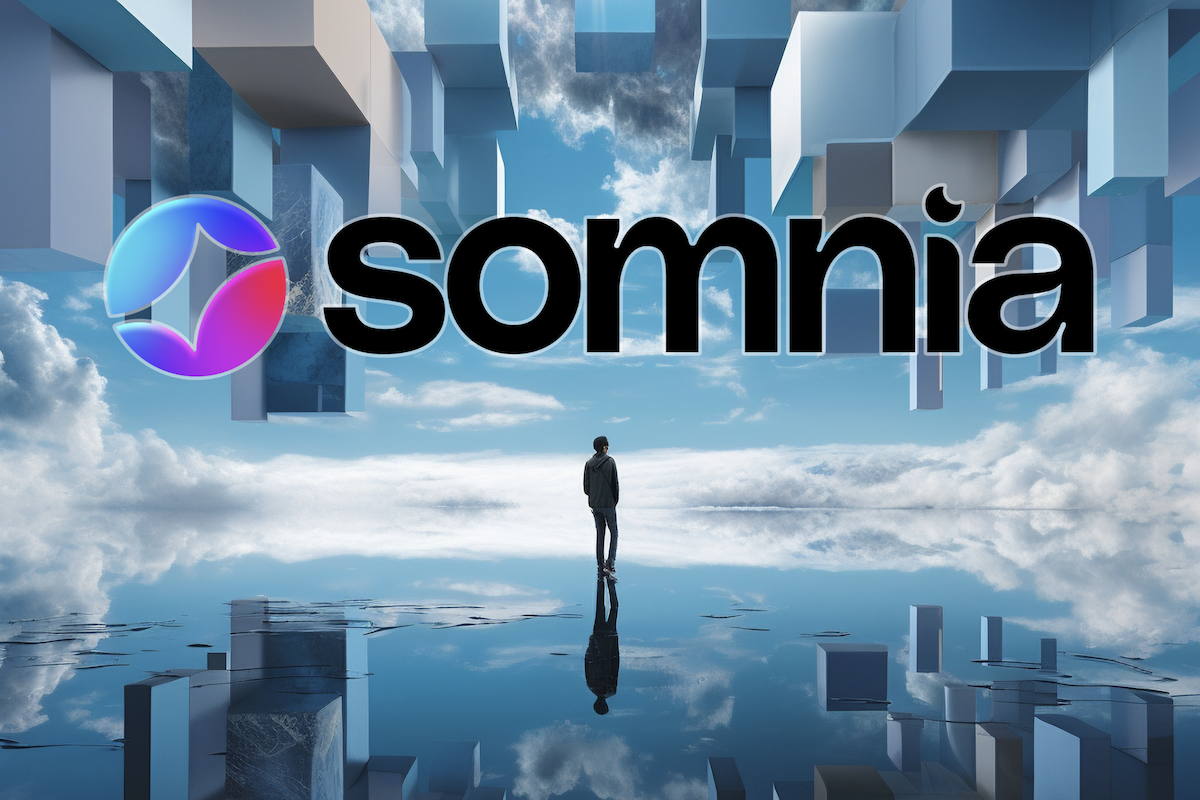We recently caught up with John Vibes, Somnia’s Chief Vibe Officer and the creative force behind their content. With over a decade of experience in the crypto space, John has seen the industry evolve dramatically.
In our interview, John shared how Somnia’s newly launched DevNet and their “Dream Computer” aim to allow developers to build anything they can dream of. He highlighted the advantages for developers building on Somnia, especially its capability of handling 400,000 transactions per second. John also explained how this performance unlocks new possibilities like reactive applications. If you’re wondering what Somnia’s cooking up for the future of blockchain, you’ll definitely want to read this interview.
You’ve been in the crypto space for over a decade. How have you seen the industry evolve, especially as it becomes more mainstream?
John Vibes: When I got into the industry, the space was not really about making money the way it is now. It was very ideological, with tons of anarchists and hackers who had dreams of changing the world with magic internet money. Wall Street didn’t take us seriously, but now that they do, and in many ways, they have consumed the industry. This cultural shift has been hard to handle because I feel very out of place these days, but I guess at least Wall Street will pump our bags.
Somnia is known as the “Dream Computer.” What exactly does this mean, and how does it set Somnia apart from other Layer 1 Blockchains?
John Vibes: When Vitalik Buterin was originally pitching his idea for Ethereum, he called it the “World Computer,” so the “Dream Computer” is riffing off that early blockchain terminology. We call Somnia the “Dream Computer” because it has the performance capabilities to allow developers to build anything they can dream of.
What role has Improbable played in shaping Somnia’s blockchain infrastructure, especially considering their experience with platforms like Yuga Labs’ Otherside?
John Vibes: Improbable has played a crucial role in the development of the Somnia Blockchain, and they will continue to be a major partner on our journey.
With Improbable announcing the DevNet launch for Somnia, what should developers look forward to, and why should they choose to build on the platform?
John Vibes: Unlike many Devnets that are closed to the public, Somnia is open for public testing during specific hours, which allows the development team to gather valuable community feedback and fully stress-test our network’s capabilities under real-world conditions.
Public users will be able to test out our first applications with Somnia Test Tokens that can be collected for free from a faucet on the Devnet. These applications will include the first exchanges, NFTs and games. Users will also be able to track the network’s transactions through the block explorer.
To help early-stage developers succeed, Somnia is launching a $10 million grant program and providing access to technical guidance, funding, and go-to-market strategies, helping developers bring their ideas to life on Somnia, whether they’re building games, DeFi protocols, or immersive metaverse experiences. By joining Somnia’s ecosystem, developers can take advantage of our high-performance infrastructure, ensuring that their applications can scale effectively and reach global audiences.

You’ve spoken previously about creating a fair and equitable decentralized economy. What are some of the ways Somnia is working to make that vision a reality?
John Vibes: Somnia is building a future where the value flows between the participants of platforms instead of flowing straight up to the owners of the platforms. We want to make it possible for people to build decentralized applications where the users, founders and workers have a shared stake and ability to benefit from the large platforms they participate in.
I see a lot about Somnia’s 400k TPS capabilities. How does Somnia achieve these speeds?
John Vibes: There are a few major innovations that make this possible. First, there’s our new consensus mechanism, MultiStream Consensus, where each validator runs its own data chain to increase throughput. We also have advanced compression algorithms, and we’ve also built our own custom database, called ICEdb.
What are some advantages for developers building on Somnia?
John Vibes: We’re EVM compatible, so Ethereum developers can work with familiar tooling and easily port over Ethereum applications. We’re also offering a $10 million grant program, along with go-to-market and developer support.
What are some new use cases and features that Somnia’s performance capabilities unlock?
John Vibes: 400k TPS makes a lot of new things possible, but one of the most interesting things that we have been talking about is the possibility of reactive applications. This means applications that respond to live events. So, if something happens in the real world, this can trigger an activity in an application. For Example, you can walk into a store and get an NFT for being a frequent visitor. This can also work great for games, where the gaming experience can change based on things that happen in the real world.
Finally, what’s next for Somnia as it continues to grow? Are there any major developments we should be looking out for?
John Vibes: We are in the process of rolling out our Devnet now, which will allow the public to test out our blockchain for the first time. We will be allowing whitelisted developers to start building their apps, and we also have a $10 million grant program to help kick-start the ecosystem. After that, we will enter the testnet phase, where the blockchain will be entirely open to public development, and open around the clock for testing. After that, it will be time for mainnet!
A big thank you to John Vibes for sharing his thoughts and enthusiasm with us. We’re excited to see how his vision for Somnia continues to innovate in the blockchain space.
Credit: Source link































